The Gorbachev Phenomenon : An Historical Interpretation

Summary
The "Gorbachev phenomenon" is seen as the product of complex developments during the last seventy years—developments that changed the Soviet Union from a primarily agrarian society into an urban, industrial one. Here, for the first time, a noted authority on Soviet society identifies the crucial historical events and social forces that explain Glasnost and political and economic life in the Soviet Union today.
Similar Books
-
 Democracy and Authoratarianism in South Asia
Democracy and Authoratarianism in South Asiaby Ayesha Jalal
-
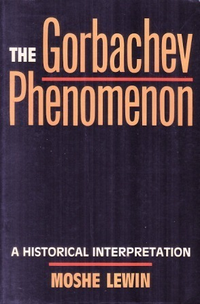 The Gorbachev Phenomenon: A Historical Interpretation
The Gorbachev Phenomenon: A Historical Interpretationby Moshe Lewin
-
 States, Ideologies, and Social Revolutions
States, Ideologies, and Social Revolutionsby Misagh Parsa
-
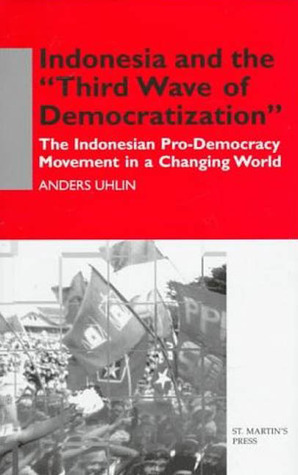
-
 Workers&State New Ord Indones
Workers&State New Ord Indonesby Vedi R. Hadiz
-
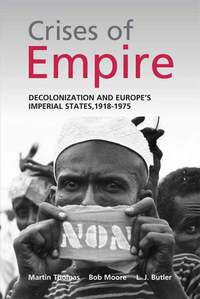
-
 1968: The World Transformed
1968: The World Transformedby Carole Fink
-

-
 Nationalism and its Futures
Nationalism and its Futuresby Umut Özkırımlı
-
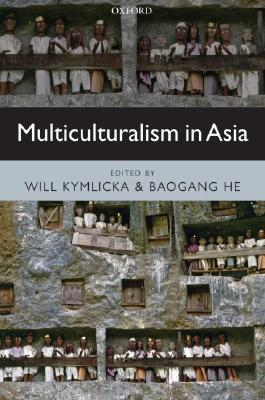 Multiculturalism in Asia
Multiculturalism in Asiaby Will Kymlicka
-
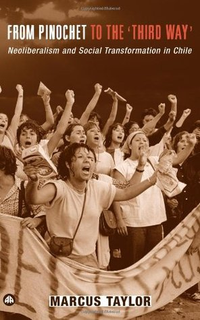
-

-

-
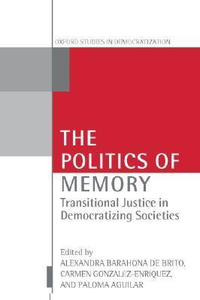 The Politics of Memory: Transitional Justice in Democratizing Societies
The Politics of Memory: Transitional Justice in Democratizing Societiesby Alexandra Barahona de Brito
-
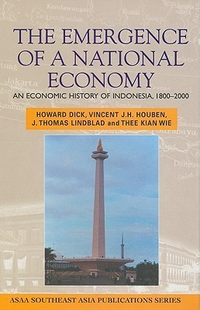
-

-

-
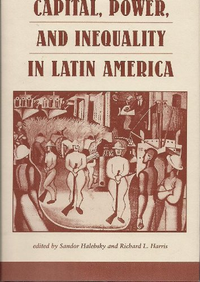 Capital, Power, And Inequality In Latin America
Capital, Power, And Inequality In Latin Americaby Sandor Halebsky
-
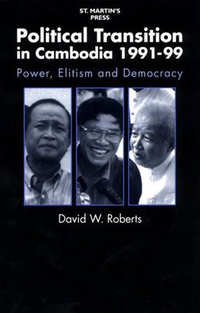 Political Transition in Cambodia 1991-99: Power, Elitism, and Democracy
Political Transition in Cambodia 1991-99: Power, Elitism, and Democracyby David Wesley Roberts
-
 The United States Contested
The United States Contestedby Sergio Fabbrini
-
 On Argentina and the Southern Cone
On Argentina and the Southern Coneby Alejandro Grimson
-

-
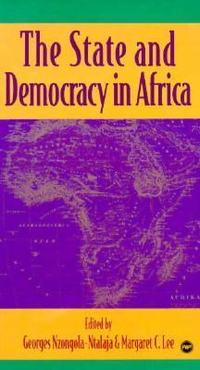 The State and Democracy in Africa
The State and Democracy in Africaby African Association of Political Science
-

-
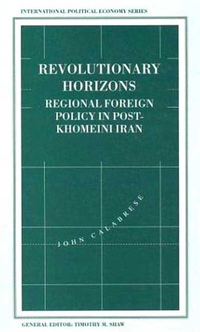 Revolutionary Horizons: Regional Foreign Policy in Post-Khomeini Iran
Revolutionary Horizons: Regional Foreign Policy in Post-Khomeini Iranby John Calabrese
-
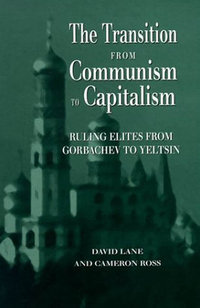 The Transition from Communism to Capitalism: Ruling Elites from Gorbachev to Yeltsin
The Transition from Communism to Capitalism: Ruling Elites from Gorbachev to Yeltsinby David Stuart Lane
-
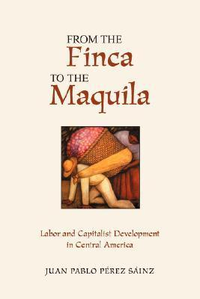
-
